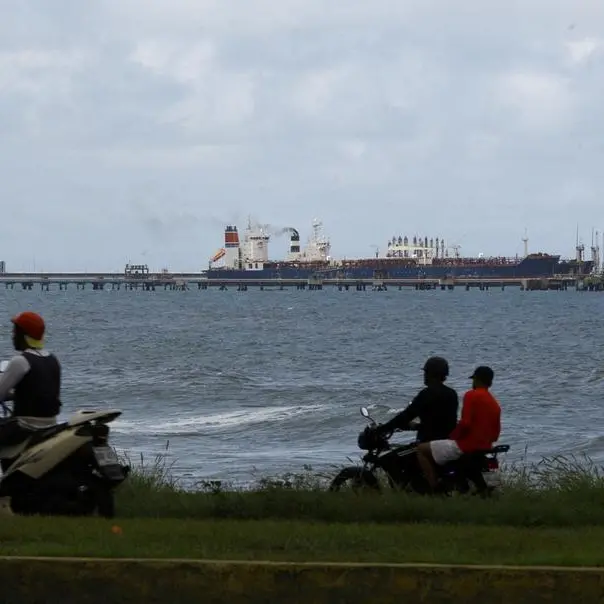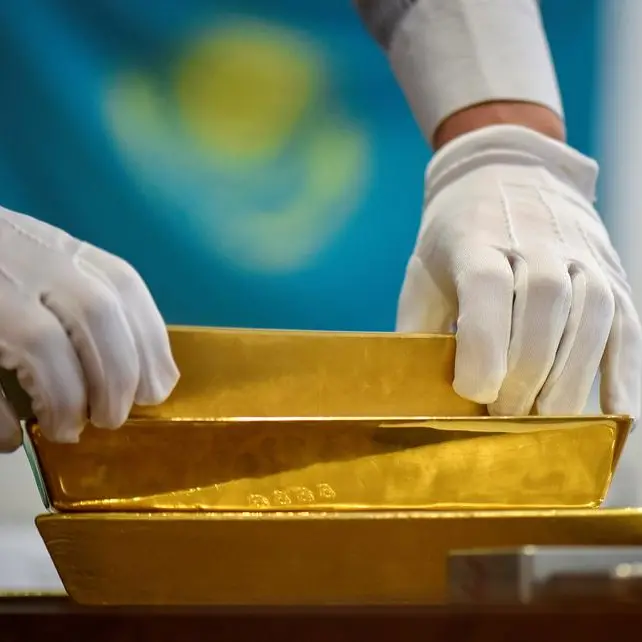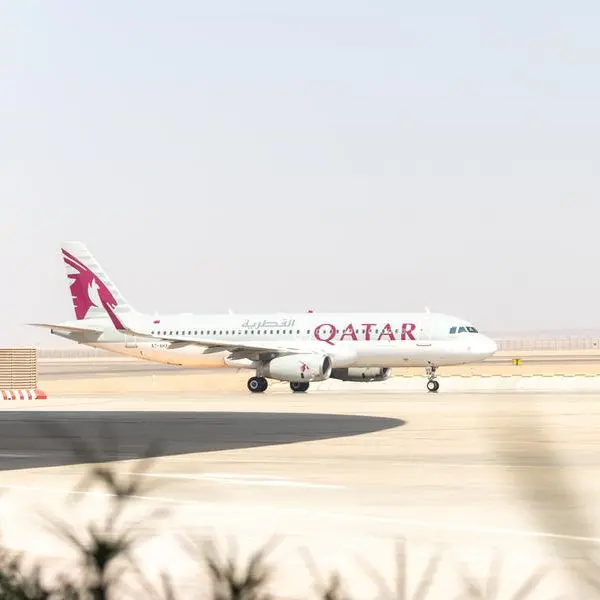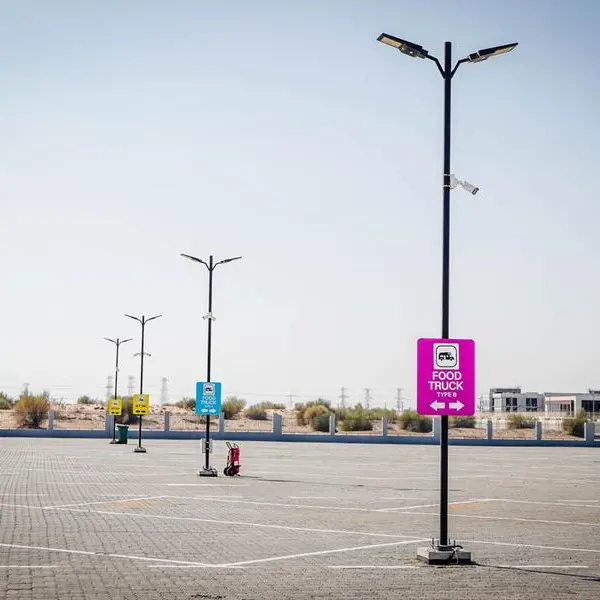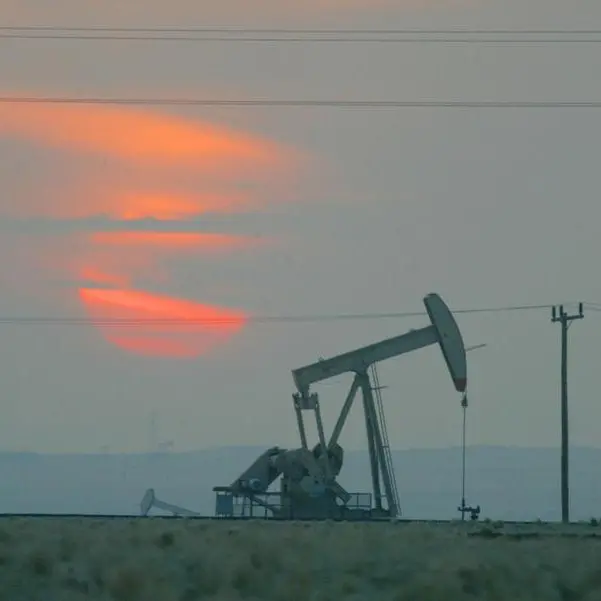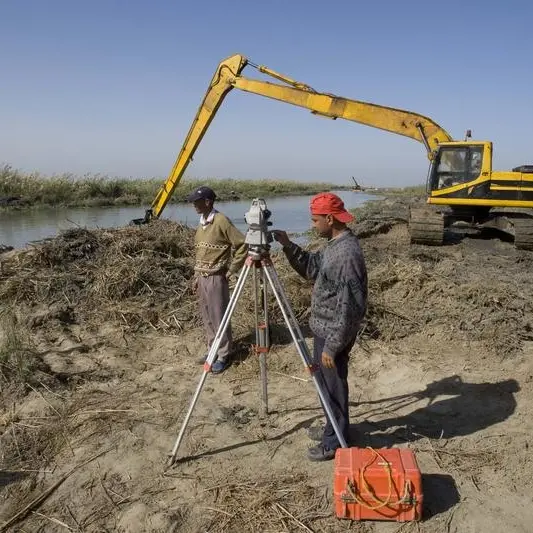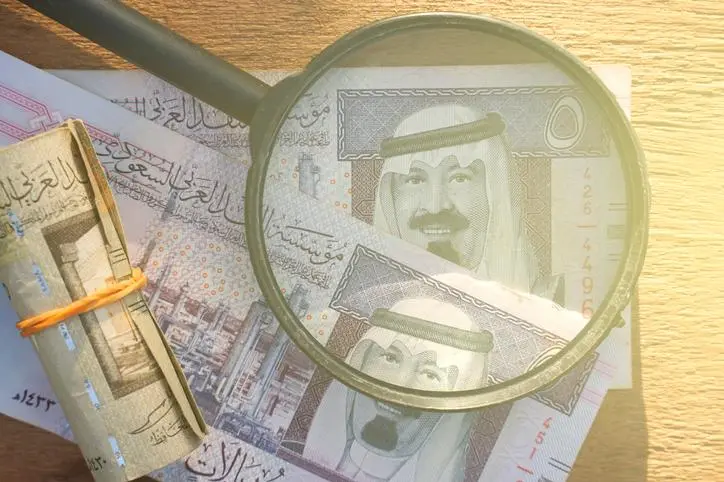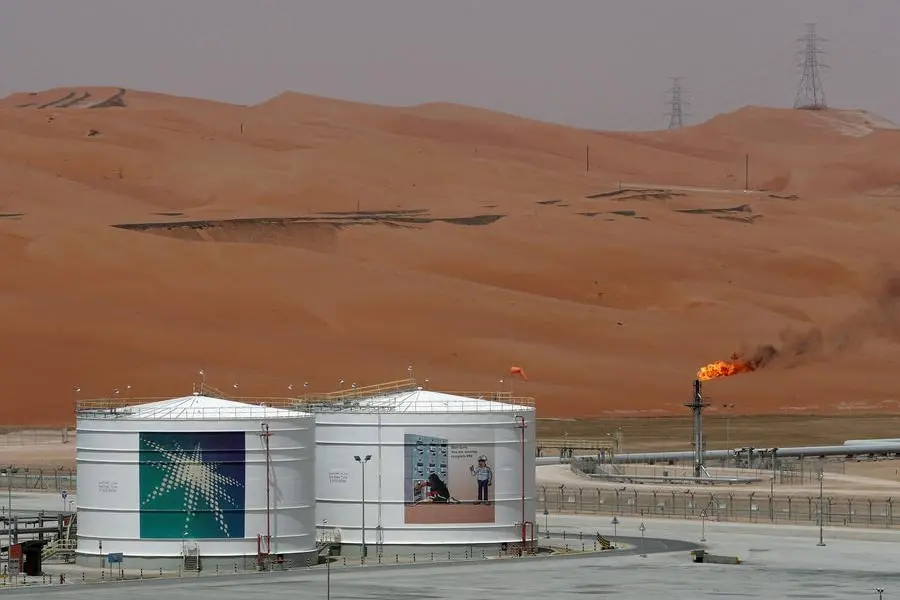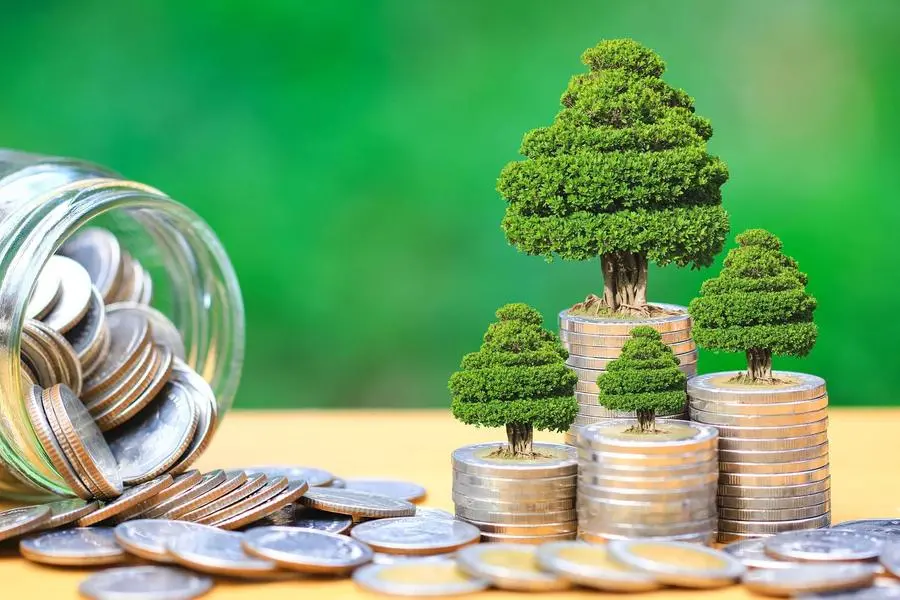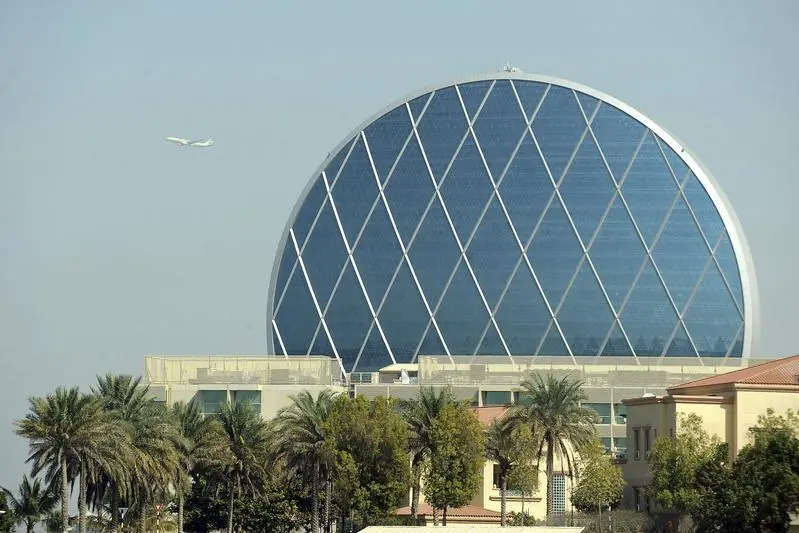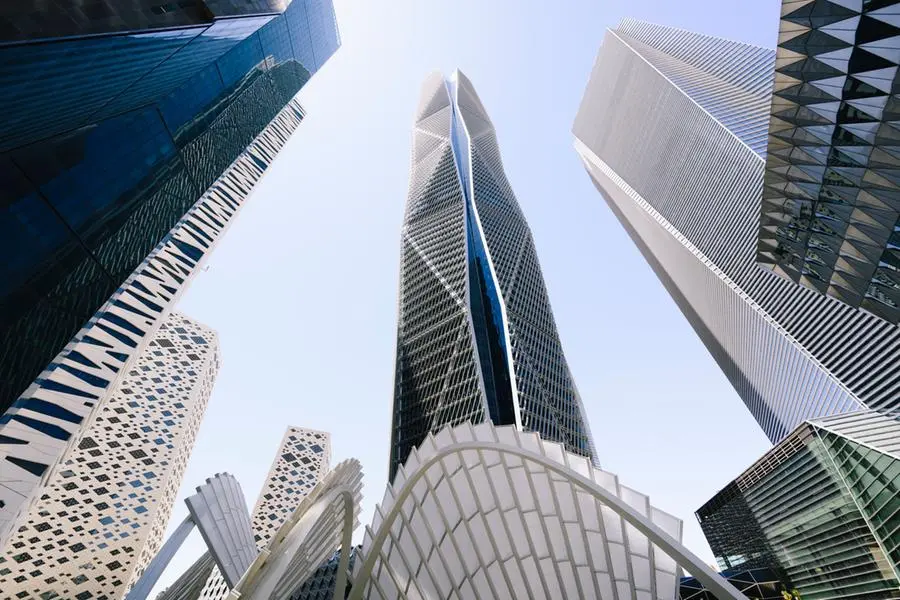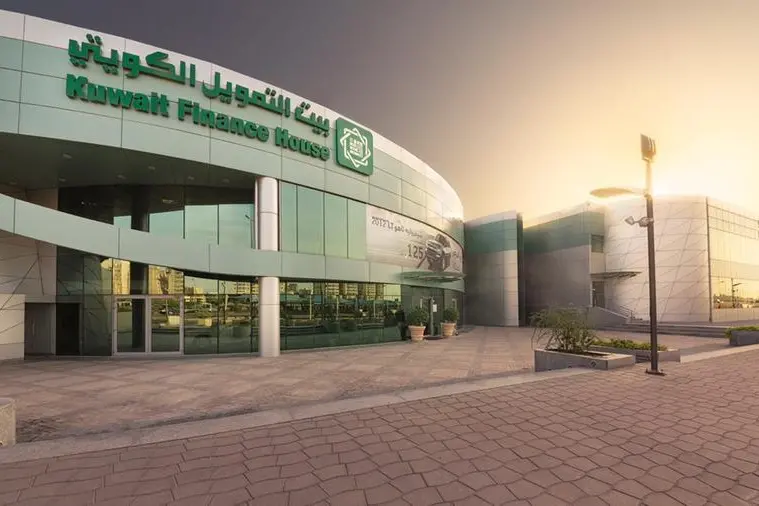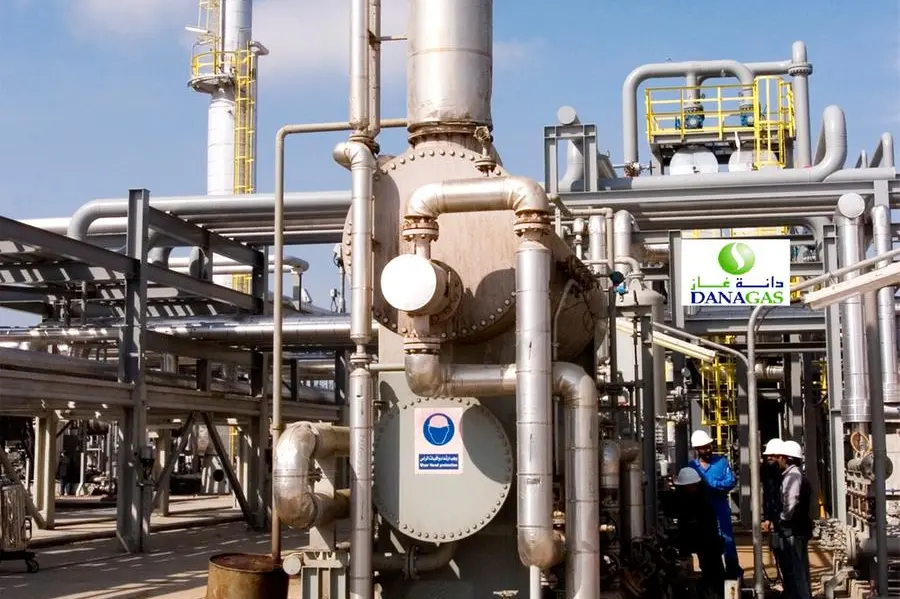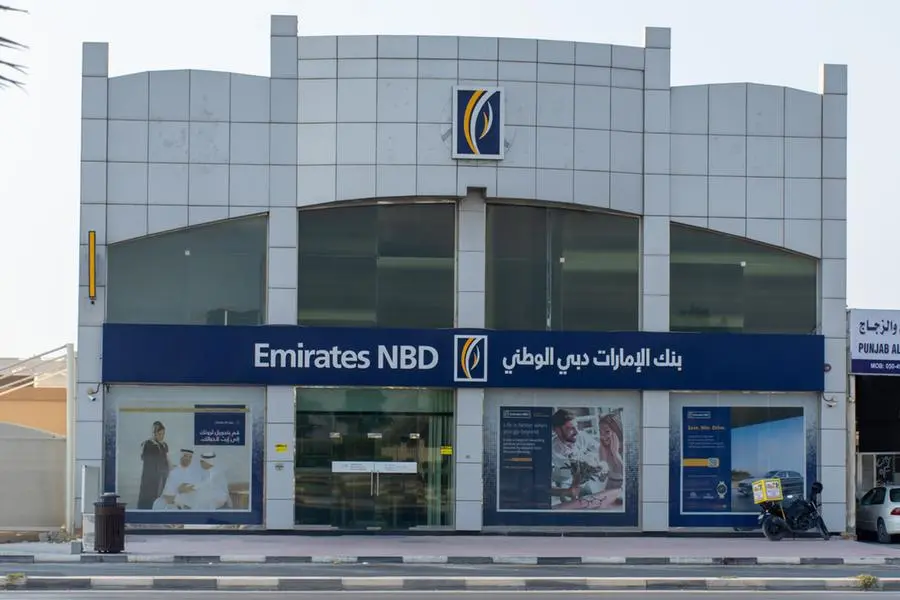Saturday, Sep 19, 2015
Dubai: Ratings agency Standard & Poor’s has affirmed Qatar’s AA/A-1+ short-term foreign and local currency sovereign credit ratings. The outlook is stable.
“The stable outlook reflects our view that Qatar’s economy will remain resilient, supported by strong macroeconomic fundamentals, although we anticipate continued institutional weaknesses and limited monetary flexibility over the next two years,” S&P said.
Qatar continues to implement its large public infrastructure investment programme, which S&P views as supportive of medium-term real economic growth, although it will contribute to a deterioration in fiscal and external balances, exacerbated by the large fall in oil prices.
Qatar’s GDP per capita is estimated at $81,000 in 2015. According to S&P’s calculations, the hydrocarbons sector creates about 55 per cent of Qatar’s GDP, 90 per cent of government revenues (oil and gas taxes and royalties, plus dividends from Qatar Petroleum), and 85 per cent of exports. “We view Qatar’s economy as undiversified,” S&P stated in its report.
Qatar’s economy grew by about 6 per cent over the last three years, but is expected growth to slow to about 4 per cent during 2015-2018 as the hydrocarbon sector will likely continue to stagnate. The non-oil sector, on the other hand, should remain buoyant, thanks to public investment and supported by the growing population.
Medium- to long-term challenges to Qatar’s competitive position in the liquefied natural gas (LNG) market are likely to come from new shale production, Russia’s gas pipeline to China, and increased pressure to delink LNG contracts from the price of oil. Nevertheless, Qatar’s strategy has been to diversify into all major markets, adjusting the mix of destinations and contract types according to market needs. Moreover, the majority of its gas exports are under long-term contracts, which provides some certainty regarding the volumes sold.
S&P expects Qatar’s oil production to decline by an average annual rate of about 5 per cent over 2015-2018, along with largely flat gas output, given Qatar’s moratorium on new investments in the sector, while condensate volumes will likely increase by about 5 per cent per year over the same period.
Staff Report
Gulf News 2015. All rights reserved.
